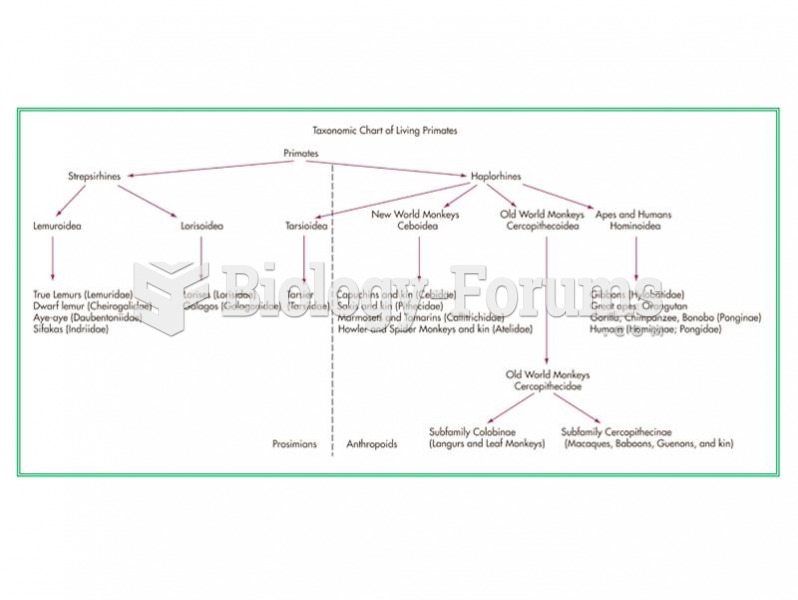Answer to Question 1
Electronic aids to daily living (EADL), formerly called environmental control systems (ECS), help physically challenged people control their environments. Speech recognition technology can be used in the home to control appliances. Butler-in-a-Box has been made by Mastervoice since 1986 . It not only understands and obeys voice commands but also responds in a human voice. Using this system, one can control home appliances with voice commands. It also acts as a speaker phone, which will dial or answer calls on command. Other EADLs allow the installation of a single switch to control the operation of several appliances (including other controllers). A device even exists that holds the book the user is reading and turns the pages.
EADLs can transmit signals to electrical devices. They can be used to control any electrical appliance in the home. This would include lights, telephones, computers, appliances, air conditioners, infrared devices, security systems, sprinklers, doors, curtains, and electric beds. Voice, joysticks, or switches may control the system. This may enable physically challenged people to live independently at home. Several studies have found increased levels of independence, an increase in feelings of security, help in adjusting to the disability, increased feelings of competence, and decreased frustration among people who use EADLs. In 2005, one study of people with cervical spinal cord injuries found that users had greater independence and function in performing daily tasks than those who did not use EADLs.
Another use of environmental controls is to help in language development in children. Many environmental controls include infrared capability. One possibility is using an action toy that moves back and forth to teach the concepts of backwards and forwards or fast/slow. In toys that require children to take turns, phrases such as My turn and Your turn could be taught. Research is also being done into the possibility of using augmentative communication devices for patients who are only voiceless for a short time, because of illness or surgery.
Answer to Question 2
EHR systems will vary on how they implement flow sheets.







